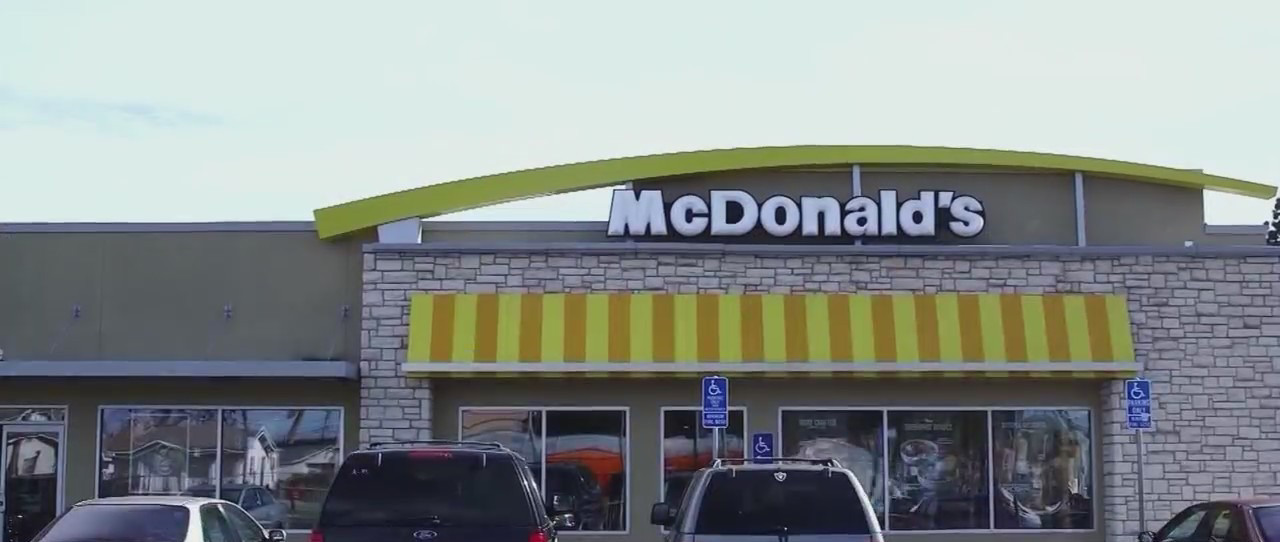In the fast-paced world of food service, few names loom as large as McDonald’s. From the golden arches to the iconic Big Mac, McDonald’s has become a staple in the diets of millions worldwide. However, what happens when the very food that people crave turns into a source of potential danger? The recent E. coli outbreaks linked to various food establishments, including some McDonald’s locations, have raised pressing questions. Can you sue McDonald’s for E. coli? In this article, we’ll explore the implications, legalities, and what consumers should be aware of when it comes to food safety and responsibility.
First, let’s delve into E. coli itself. Escherichia coli, commonly referred to as E. coli, encompasses a broad range of bacteria, some of which are harmless and naturally reside in the intestines of humans and animals. However, certain strains, especially Enterohemorrhagic E. coli (EHEC), can be highly pathogenic—causing severe gastrointestinal illness and, in some cases, life-threatening complications. In the context of a restaurant, the presence of pathogenic E. coli can stem from improper food handling, unsafe cooking practices, or cross-contamination, raising significant public health concerns.
Given this backdrop, the question arises: can customers hold McDonald’s accountable if they contract E. coli after consuming its food? The legal principle at play is called “negligence.” To establish negligence, a consumer must prove that the restaurant failed to meet the standard of care expected in the food industry, resulting in an injury. The evidence must demonstrate that there was a breach of duty, directly linking the establishment’s actions to the outbreak of illness.
Among the critical elements of such a case would be the establishment of a clear causal link between the E. coli strain and the meal consumed at McDonald’s. This often necessitates meticulous investigation, laboratory testing, and, quite importantly, timely reporting of symptoms to health authorities. Delays in seeking medical attention may hinder the ability to trace the source of the infection, making it more challenging to build a case. Victims must also be aware that proving negligence is not merely about falling ill after eating; it requires substantial evidence that the restaurant did not uphold its duty to serve safe food.
But what are the factors that might influence the outcome of such a lawsuit? Firstly, the inspection history of the specific McDonald’s location plays a pivotal role. Regulatory agencies routinely conduct inspections to ensure compliance with health and safety standards. A restaurant with a history of documented complaints, past violations, or previous E. coli outbreaks may present a stronger case for plaintiffs. Hence, gathering documentation about the restaurant’s food safety practices can be crucial to a successful claim.
Another essential aspect to consider is product liability. If the food consumed is determined to have originated from a contaminated source before reaching the McDonald’s kitchens—such as ill-prepared raw materials from suppliers—then the chain of liability can extend beyond McDonald’s itself to include manufacturers or distributors. This could lead to more defendants in a case, complicating the legal landscape but potentially increasing the avenues for restitution.
While the prospect of a legal battle may seem daunting, pursuing a claim is not merely about monetary compensation. It serves as a vehicle for accountability, ensuring that fast-food giants prioritize consumer safety, thereby instigating change within the industry. Lawsuits can prompt companies to rethink their food sourcing, handling, and preparation practices, leading to more robust safety protocols. Ultimately, this shift in perspective can significantly benefit consumers as they choose where to dine.
Additionally, many individuals may find themselves hesitant to pursue legal action due to the perceived vastness and power of corporations like McDonald’s. This trepidation might stem from fears of retaliation or the belief that any legal proceedings will be lengthy and costly. However, many personal injury attorneys work on a contingency fee basis. This means that they only collect fees if there is a successful settlement or verdict on behalf of the plaintiff, thus minimizing the financial burden on those suffering from foodborne illnesses.
Moreover, engaging in legal action serves a critical social function—it raises awareness around food safety issues. When the public learns about significant outbreaks tied to popular chains, it encourages broader discussions about health standards and consumer rights. An increased awareness can lead to heightened scrutiny from government agencies, resulting in tightened regulations and the safeguarding of public health.
Victims of foodborne illnesses, including E. coli infections, should take immediate steps to document their experience. This includes keeping copies of medical bills, documenting symptoms, obtaining medical records, and potentially collecting samples of the remaining food. Quickly reporting illnesses to health departments can aid in speedily identifying outbreaks, facilitating public health interventions to prevent further incidents.
In conclusion, while suing McDonald’s for E. coli is not a straightforward process, it is certainly viable under the right circumstances. Establishing negligence, understanding liability, and gathering sufficient evidence are critical to anyone considering this route. Beyond the immediate implications for individual claimants, the potential for public accountability and industry-wide reforms makes it an endeavor worth considering. As consumers navigate the complex landscape of food safety, they have the power to demand transparency, ensuring that their favorite dining experiences are safe and enjoyable.
